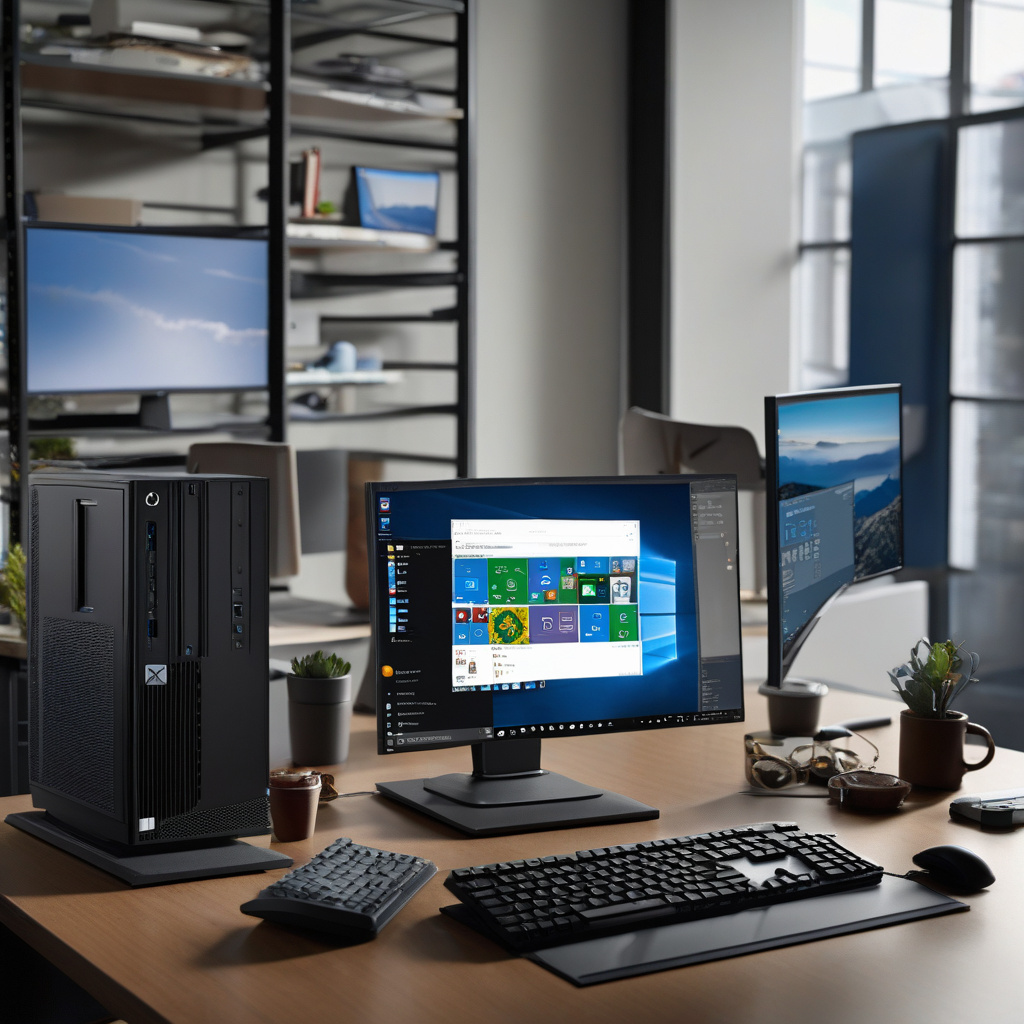Title: The Impending Windows 10 End-of-Life: Mitigating Risks for SMBs
As Microsoft gears up to end support for Windows 10, small and medium-sized businesses (SMBs) find themselves at a critical juncture. The imminent end-of-life for Windows 10 means that security updates and patches will no longer be provided, leaving systems vulnerable to cyber threats. This poses a significant risk to SMBs, who may not have the resources or infrastructure to swiftly transition to newer operating systems like Windows 11.
Upgrading from Windows 10 to Windows 11 is not a straightforward process, especially for SMBs with limited IT capabilities. One of the challenges that organizations may face is the potential introduction of vulnerabilities into their environment through misconfigured hardware. When migrating to a new operating system, compatibility issues and hardware misconfigurations can inadvertently create security loopholes that cybercriminals can exploit.
For SMBs, the key to mitigating risks during the transition from Windows 10 to Windows 11 lies in careful planning and thorough testing. Before initiating the upgrade process, organizations should conduct a comprehensive assessment of their hardware and software compatibility with the new operating system. This includes ensuring that all drivers, applications, and peripheral devices are compatible with Windows 11 to prevent any post-upgrade issues that could compromise security.
Furthermore, SMBs should prioritize security measures during the migration process to safeguard against potential vulnerabilities. Implementing robust security protocols, such as endpoint protection, encryption, and access controls, can help fortify systems against cyber threats during the transition period. Regular security audits and monitoring should also be conducted to identify and address any security gaps that may arise during the upgrade.
Collaborating with IT professionals or managed service providers can also assist SMBs in navigating the complexities of upgrading to Windows 11 securely. These experts can provide guidance on best practices, assist in testing for vulnerabilities, and offer support throughout the migration process to ensure a smooth and secure transition.
In conclusion, the end-of-life for Windows 10 presents a pressing challenge for SMBs, underscoring the importance of proactive risk management and security measures. By addressing potential vulnerabilities introduced through misconfigured hardware and prioritizing security during the migration to Windows 11, SMBs can fortify their systems against cyber threats and ensure a seamless transition to a supported operating system. Stay vigilant, stay secure, and embrace the future of Windows with confidence.

